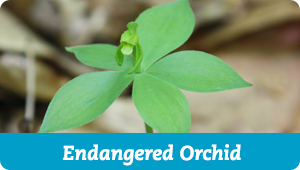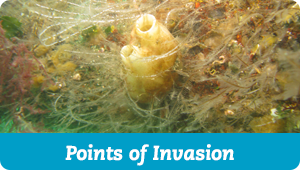Little-known secret: Almost every earthworm in most of the U.S. came from somewhere else. Native earthworms all but disappeared more than 10,000 years ago, when glaciers from a Pleistocene ice age wiped them out. A few survived further south. But today, virtually all earthworms north of Pennsylvania are non-native.
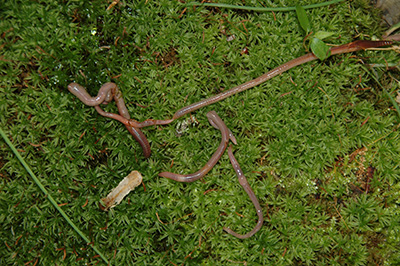
Some of the most common earthworm invaders. From left: Lumbricus rubellus, Aporrectodea rosea, Aporrectodea caliginosa, Octolasion lacteum and Lumbricus friendi.
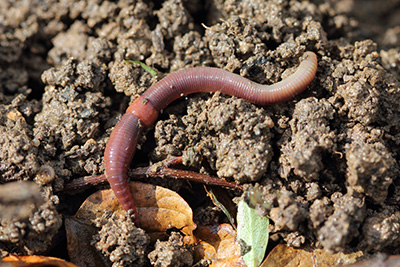
Lumbricus rubellus. The red worm is a familiar sight in many American gardens, but it’s actually an invasive earthworm from Europe. ©Holger Casselmann.
Most gardeners love having earthworms in their soil. But in forests, their invasion has been far more destructive.
It’s an ironic truth—the traits that make earthworms wonderful for gardens are the same ones that make them dangerous for forests. Earthworms stir up the soil, making nutrients more accessible to flowers and vegetables. But plants in forests have evolved other ways to get nutrients from the ground. When earthworms convert them into easier-to-access forms, it can favor invasive plants that later take over the understory. In the process they have also been known to endanger birds and orchids. They can be a threat to humans as well, collapsing irrigation ditches and speeding up erosion.
In this video, SERC ecologists Melissa McCormick and Dennis Whigham, along with Purdue graduate student Yini Ma, uncover some of the dirty little secrets of earthworms beneath the soil. They’ve been joined in the effort by Katalin Szlavecz from Johns Hopkins and Timothy Filley of Purdue. Together, the team tracks how the world below ground is shaping the world above.
They’ve discovered earthworms generally do best in younger forests. The trees there, like tulip poplars and sweet gums, produce leaf litter that earthworms like to eat. They’re much less prevalent in older forests, where litter from oaks, beeches and hickories isn’t as appetizing. That means that by cutting down old forests, humans unwittingly make the ground more vulnerable to earthworms—and to other invaders as well.
But earthworms may redeem themselves in one crucial issue: climate change. Earth’s soils contain 2.5 trillion tons of carbon. As earthworms chew up and churn up the soil, researchers suspect they have some impact on its ability to store that carbon. But whether they are helpful or harmful remains unclear.

Electroshocking. Dennis Whigham and Katalin Szlavecz prepare to send a jolt of electricity into the soil to draw earthworms to the surface. ©Peter G. Cane.
When materials decay, they release CO2 into the atmosphere. Over the short-term, earthworms appear to speed up the process. They break down leaf litter and wood much more quickly, causing microbes to release more CO2 than they would otherwise. But over the long term, the team suspects they could do the exact opposite. Earthworms excrete some of the soil they consume in tough pellets called casts. These casts take more time to break down—perhaps making it so the carbon stored there stays in the ground longer.
In short, the invading army of earthworms could threaten the planet just as it threatens individual forests. Or, at a critical moment, they could turn into surprising allies.
Learn more!
Find out how earthworms can transform forest soil communities and impact plant growth in the Molecular Ecology Lab.

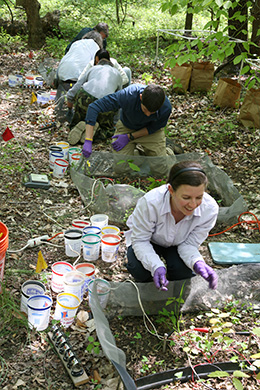
 Try
Try 